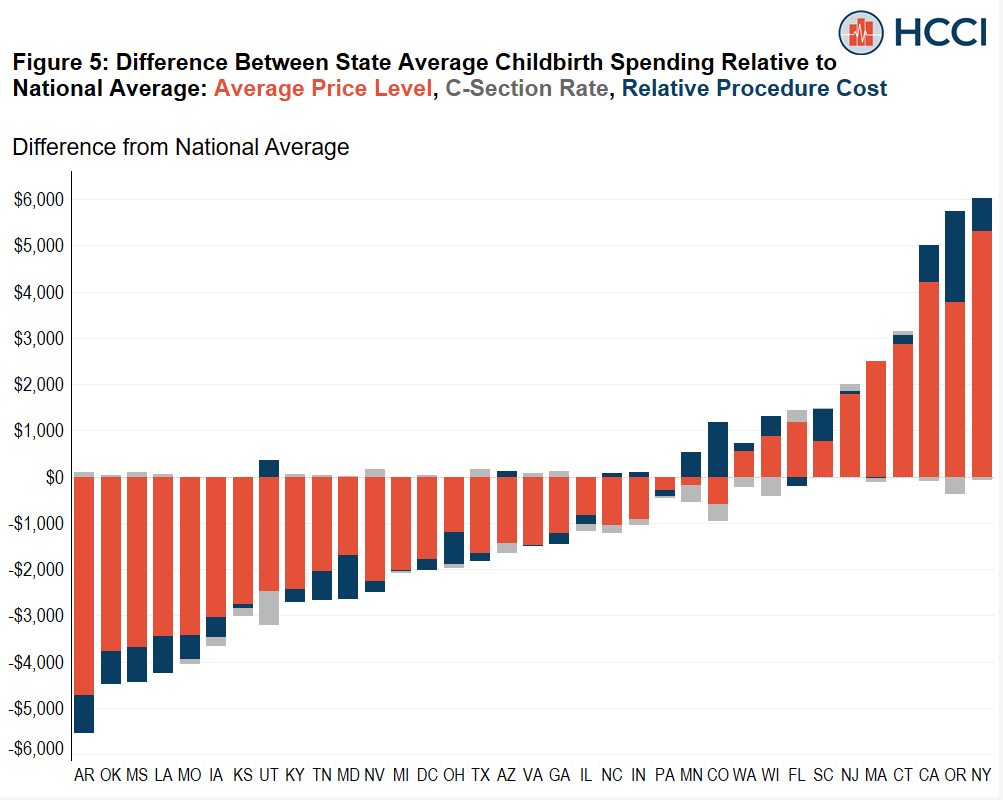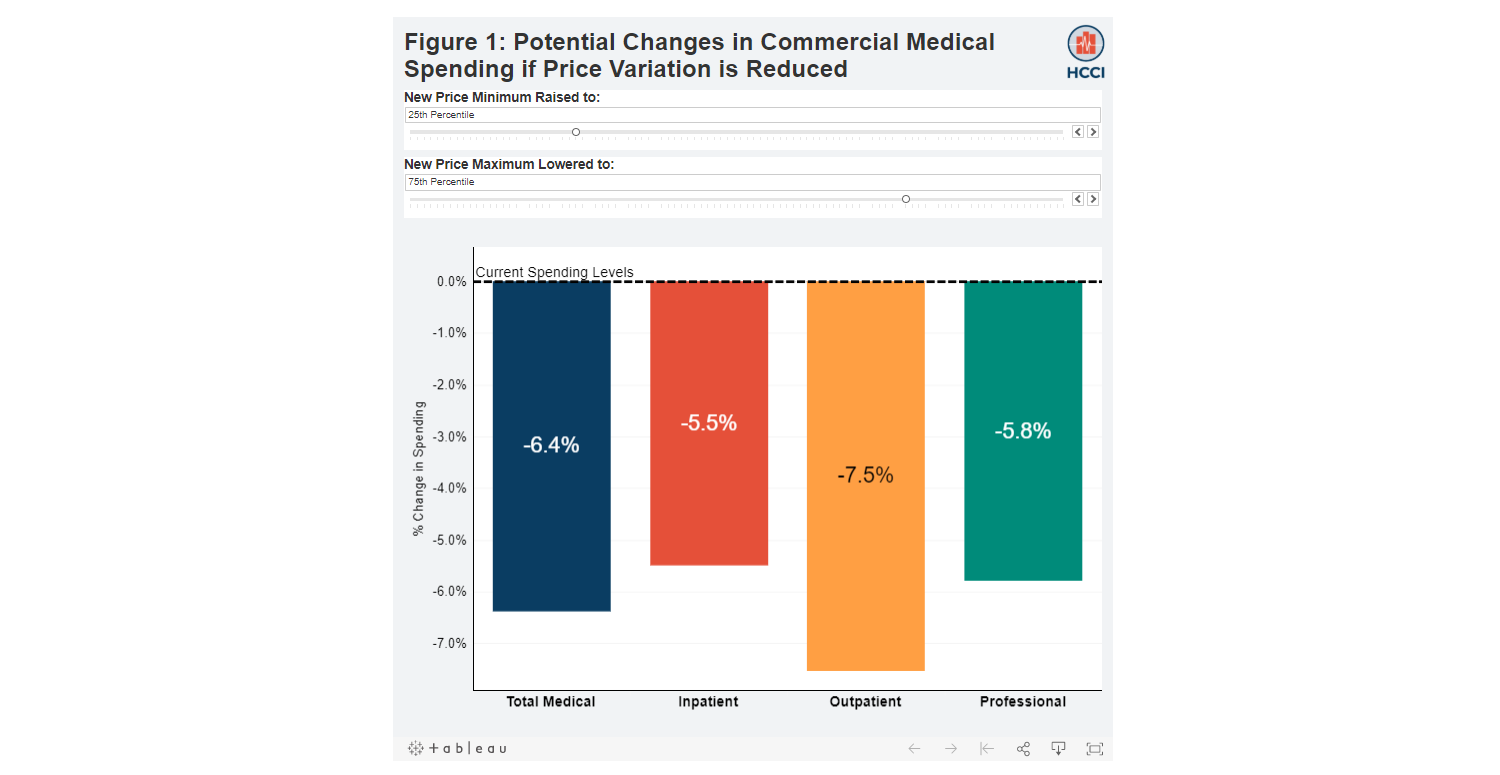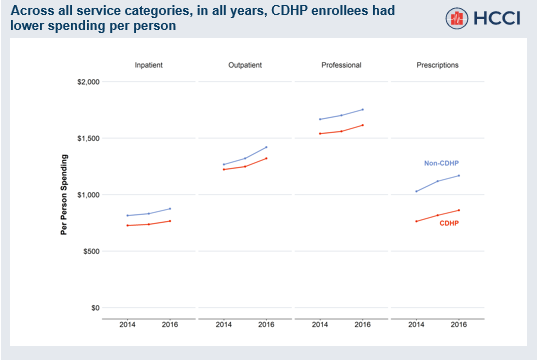Spending
-
Consumer-Directed Health Plan Enrollment Rises in All Cities over 10 Years (2008 to 2017)
Tags: 10 Year Trend, Commercially Insured, Consumer-Directed Health Plans, Geographic Variation, Out-of-Pocket, Spending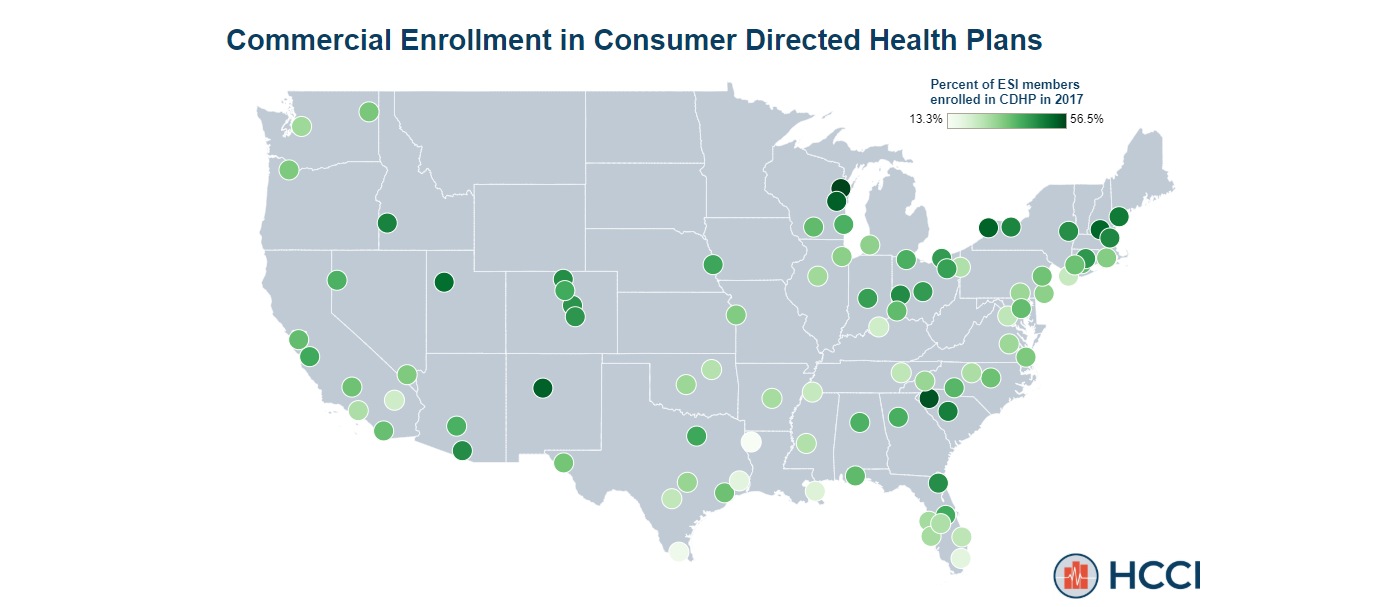 Read more: Consumer-Directed Health Plan Enrollment Rises in All Cities over 10 Years (2008 to 2017)
Read more: Consumer-Directed Health Plan Enrollment Rises in All Cities over 10 Years (2008 to 2017)Recent analysis by HCCI finds that enrollment in consumer-directed health plans (CDHPs) increased dramatically since 2008. Nationally, nearly a third of commercially insured individuals were enrolled in a CDHP in 2017, up from 7.5% in 2008. Over ten years, enrollment in CDHPs doubled in 85 of the 88 metro areas studied. High-deductible health plans (HDHPs) have become increasingly common…
-
Understanding Variation in Spending on Childbirth Among the Commercially Insured
Read more: Understanding Variation in Spending on Childbirth Among the Commercially InsuredChildbirth is the most frequent reason for an inpatient admission in the United States, and Cesarean-section (C-section) is the most common operating room procedure in an inpatient hospital stay. Among people who get insurance through an employer, the combination of labor, delivery, and newborn care makes up nearly one in six dollars spent on inpatient…
-
Most Postpartum Spending Occurs Beyond 60 Days After Delivery
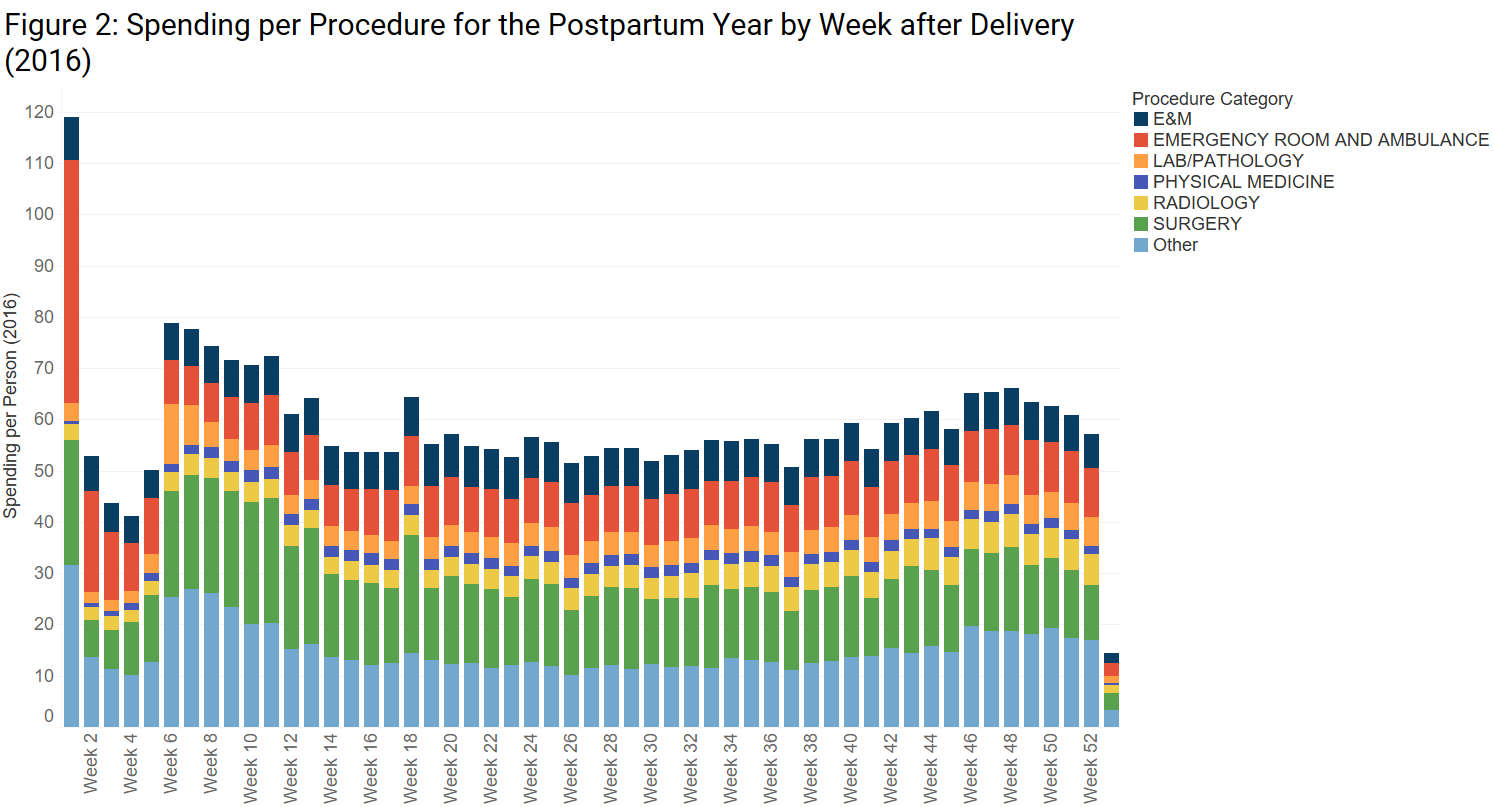 Read more: Most Postpartum Spending Occurs Beyond 60 Days After Delivery
Read more: Most Postpartum Spending Occurs Beyond 60 Days After DeliveryThe postpartum period is a vulnerable time for both birthing parent and newborn and is critically important to their health and well-being. The American College of Obstetricians and Gynecologists (ACOG) recommends ongoing, comprehensive care, including physical, social, and psychological services, during the postpartum period. In large part because of an increasing maternal mortality rate in the US –…
-
2018 Health Care Cost and Utilization Report
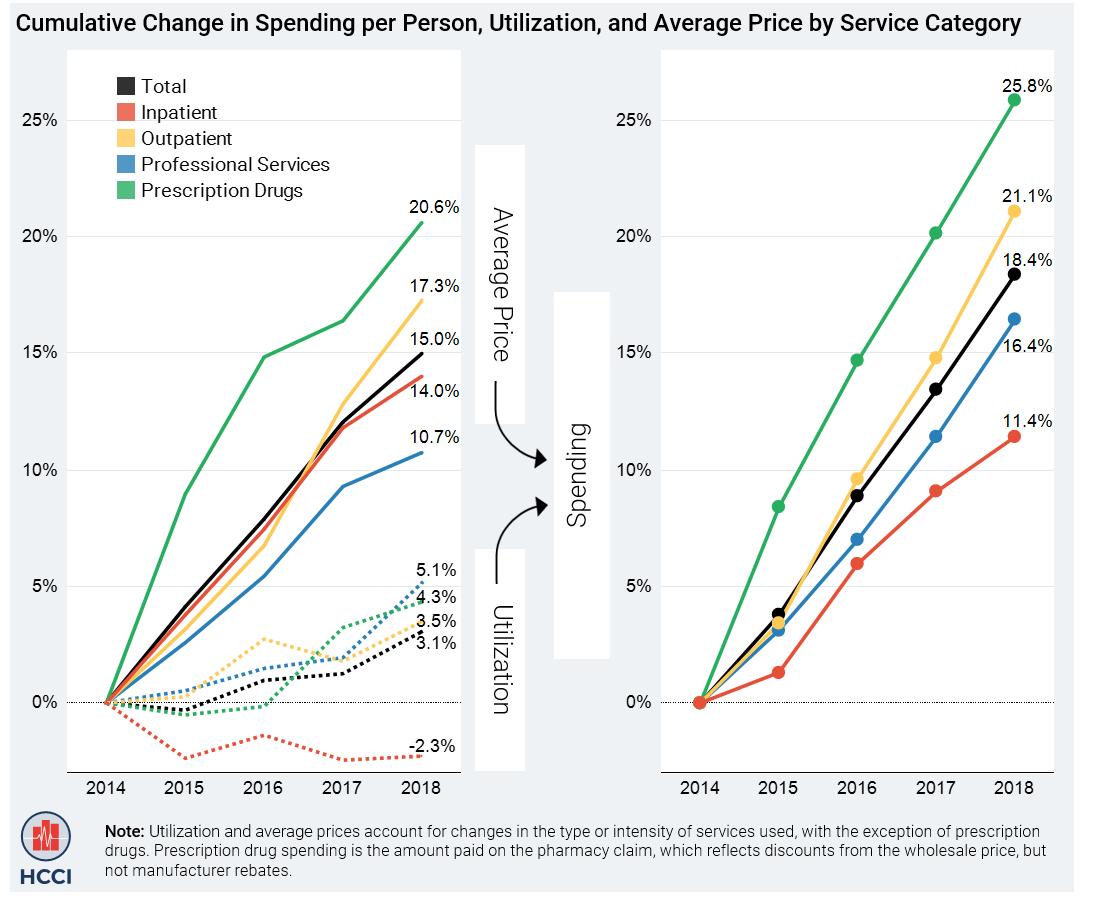 Read more: 2018 Health Care Cost and Utilization Report
Read more: 2018 Health Care Cost and Utilization ReportThe 2018 Health Care Cost and Utilization Report presents data on health care spending, utilization, and average prices from 2014 through 2018 for individuals under the age of 65 who receive health insurance coverage through an employer. The report draws on data from more than 2.5 billion medical and prescription drug claims for approximately 40…
-
What if Price Transparency Reduced Commercial Price Variation?
Read more: What if Price Transparency Reduced Commercial Price Variation?As previous reports have indicated, there is widespread price variation in the U.S. commercial health care system. Many studies have shown that prices are dramatically different not only across geographies, but they vary substantially even within the same market for the same service. For example, we found that prices for the same blood tests could…
-
Comparing Commercial and Medicare Rates for Select Anesthesia, Emergency Room, and Radiology Services by State
Tags: Commercially Insured, Emergency Room, Medicare, Physician Spending, Prices, Spending, Surprise Billing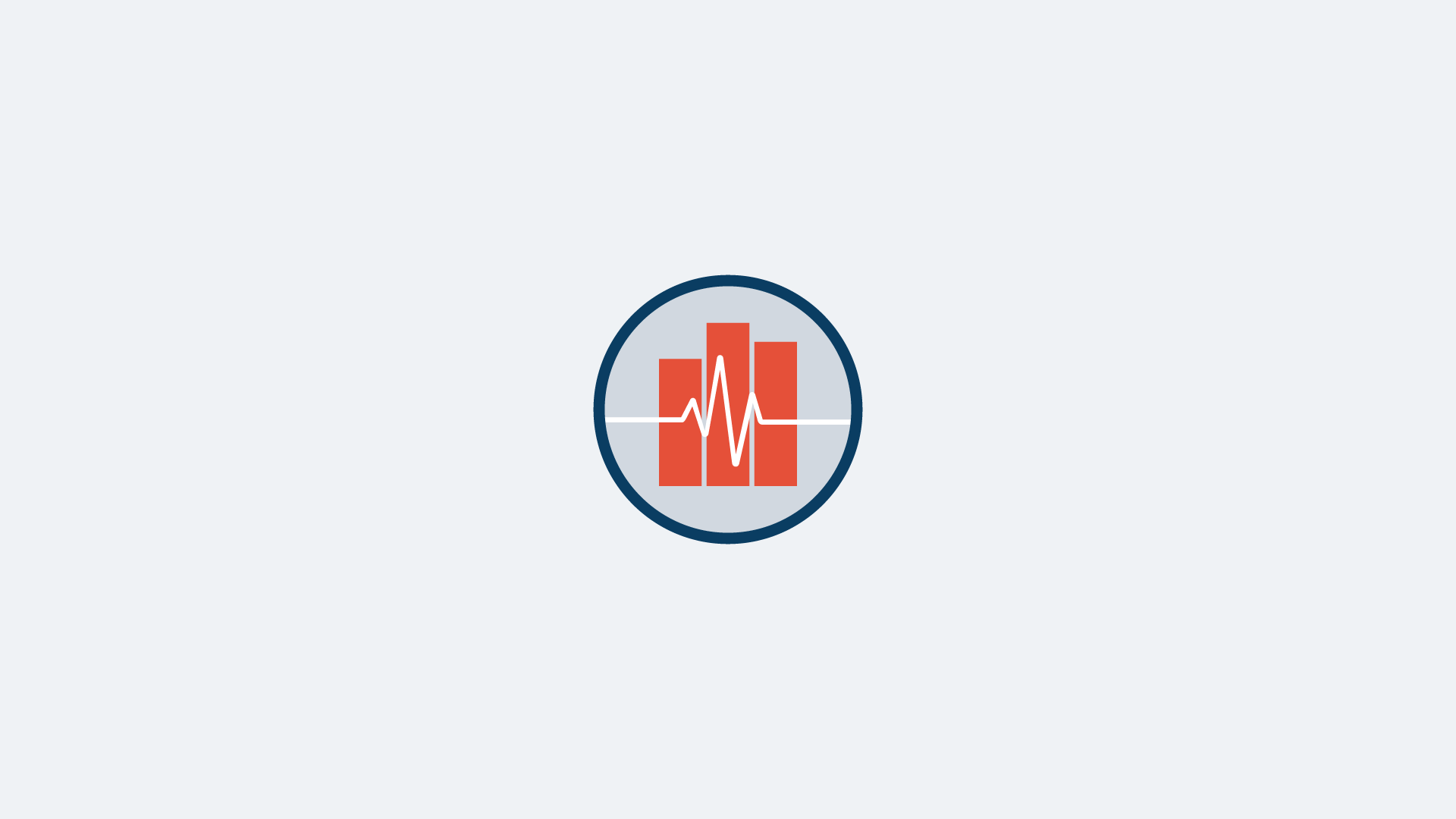 Read more: Comparing Commercial and Medicare Rates for Select Anesthesia, Emergency Room, and Radiology Services by State
Read more: Comparing Commercial and Medicare Rates for Select Anesthesia, Emergency Room, and Radiology Services by StateCommittees in both the House and Senate have advanced legislation that includes measures to address “surprise bills.” A surprise bill results when a person unknowingly receives medical care from a provider that is not part of their insurer’s network. Both pieces of legislation set a benchmark for out-of-network payments. Those benchmarks are determined based on…
-
Lower Health Care Spending and Use for People with Chronic Conditions in Consumer-Directed Health Plans
Read more: Lower Health Care Spending and Use for People with Chronic Conditions in Consumer-Directed Health PlansTo better understand differences in spending and use across types of health plans, we examine individuals enrolled in consumer-directed health plans (CDHPs) and individuals enrolled in non-CDHP health plans. CDHPs are a type of HDHP that typically include a health savings account (HSA) or a health reimbursement arrangement (HRA). We analyzed a sample of over…

